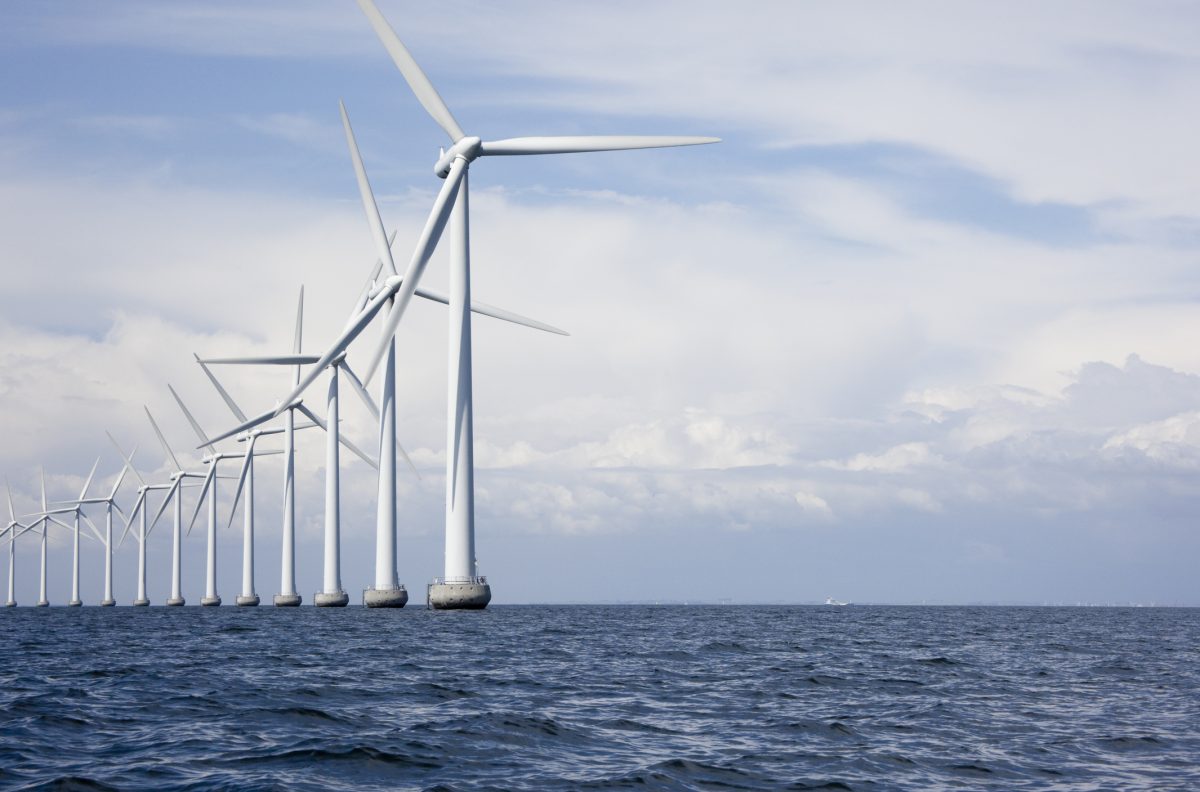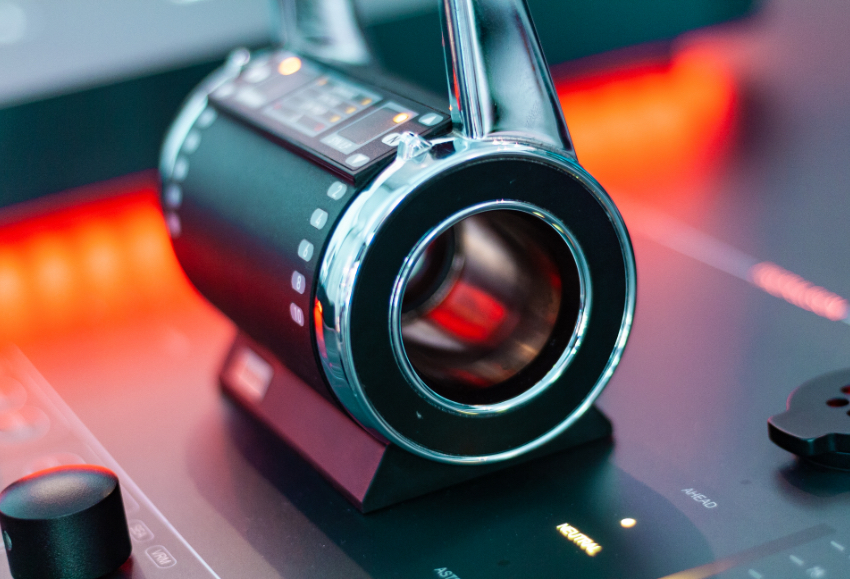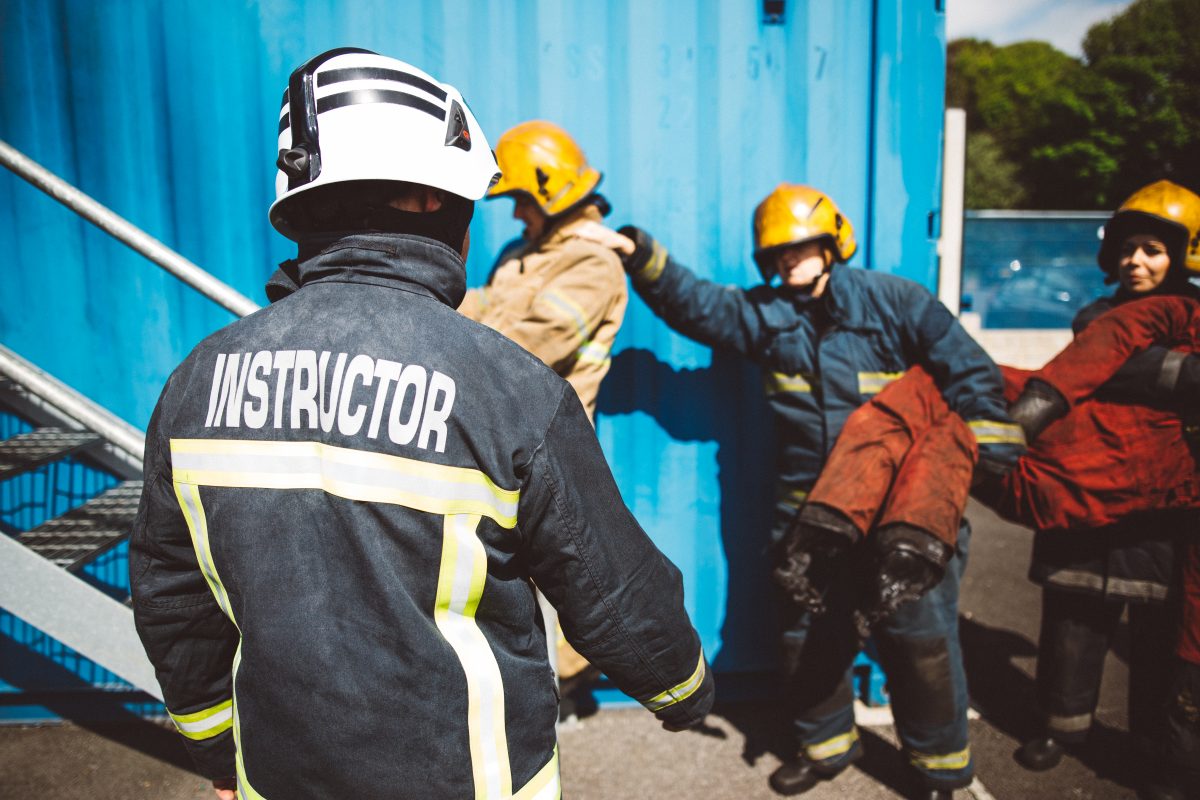The Sea Survival module is an integral part of our new GWO accredited offshore wind farm training course. This course will prepare you with the necessary skills and knowledge to safely carry out the tasks required in offshore wind farm installation and maintenance.
Course Aims
We work in conjunction with HART training to ensure that this course delivers an efficient combination of theoretical and practical training to provide delegates with the fundamental skills they need to stay safe working with offshore wind farms. This will include learning preventative measures to stop accidents from occurring and also training to ensure successful delegates can make fast and correct action in the event of a problem arising.
This course will prepare you to work safely in an offshore wind energy environment so that you can protect yourself and your colleagues both onshore, aboard a transfer vessel and when working with the wind turbine generators (WTGs).
Course Structure
This course is designed to take place in two four-hour sessions, and comprises ten sections- some of these will be theoretical and will be brief 5-minute discussions, and others will be longer and more in-depth- with two longer practical sessions to test your skills. Delegates will be in small groups of 12 per trainer for theoretical learning and 4 per trainer for practical work, to ensure each trainee gets the attention they need to become confident in these new skills.
Introduction
This blog is a brief overview of the course where delegates will be introduced to the training facility and its safety procedures, the trainers, and the other delegates. The aims and objectives of the course will be made clear as well as the plans for both ongoing and final evaluation.
Legislation
A short discussion into both global and national safety legislation, emphasising the importance of understanding the regulations in place in the Nation you are working in.
Exposure, Cold Shock, Hypothermia and Drowning
A theory-based session outlining the risks, signs, and treatment of exposure, cold shock, hypothermia and drowning.
LSA’s and PPE’s
Outlining protective equipment, including how to don protective clothing and use equipment. This will include personal protective equipment (PPE) and collective protective equipment such as lifesaving appliances (LSAs).
SAR and GMDSS
A discussion about search and rescue (SAR) protocols, and the global maritime distress signal system (GMDSS) to ensure delegates are aware of what to do in the event they are needed to help rescue a colleague, or they require rescuing themselves.
Practical Sea Survival
The first practical session, where delegates are required to put the skills they have learned so far into practice. This session will include donning and using protective equipment, carrying out rescue procedures and using the correct distress signals.
Safe Transfer
This section revolves around safety aboard the vessel used to transfer WTG workers to and from the offshore wind turbine farm. The safe handling of equipment and hazards relating to different types of transfers will be discussed.
Installations, Vessels and WTGs
This theory-based discussion will ensure delegates have all the information they need to remain safe onboard vessels and during the installation and maintenance of WTGs- as well as any necessary contingency plans should issues arise.
Transfer Practical
The second practical session will see delegates practising skills learned in the previous sections of the course. They will need to show they are comfortable transferring from dock to vessel and then to WTG, as well as safe handling onboard equipment and safety procedures.
Evaluation
Delegates are given the opportunity to reflect on what they’ve learned, as well as give a written and oral assessment of the training course.
Check our course dates now to find the perfect time for you to learn all you need to know about Sea Survival working with offshore wind energy.


